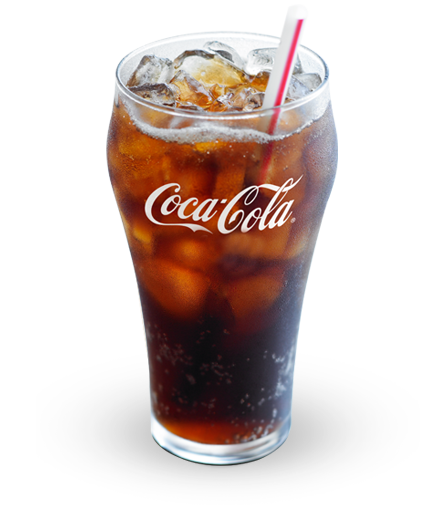A repost from June 2013:
"How Quincy, Florida Became a Town of Secret Coca-Cola Millionaires"
In the 1920′s and 1930′s, a banker named Pat Munroe in the small town of Quincy, Florida noticed that even during the depths of the Great Depression, otherwise impoverished people would spend their last nickel to buy a glass of Coca-Cola. With good returns on capital and a once-in-a-century valuation where the business was trading for less than the cash in the bank, “Mr. Pat”, as he was called, encouraged everyone he knew to buy an ownership stake in the firm. He would even underwrite bank loans, backed by Coca-Cola stock, for his responsible depositors to encourage people to acquire equity.
Coca-Cola had gone public at $40 per share but a conflict with the sugar industry resulted in a 50% crash shortly thereafter, when it reached $19 per share. Focusing on the bottom-line profits, and the power of the brand, Pat Munroe kept buying. And he kept telling everyone else to buy, too.
That one observation, and Mr. Pat’s business skills in convincing others to buy assets that produced cash irrespective of short-term market fluctuations, not only changed lives, it saved the farm town during the Great Depression as the local economy was supported by Coca-Cola dividends. It has also supported the town in “every recession since”, according to the man who now runs the trust department in the bank that was once headed by Munroe.
When crops fail, it was the Coca-Cola cash that kept people employed. When the national economy collapsed, it was the Coca-Cola cash that allowed people to stay in their homes. When times were good, and Coke was cheap, more shares were purchased.
Quincy became the richest town per capita in the entire United States at the time. At least 67 appropriately dubbed “Coca-Cola millionaires” amassed significant fortunes before passing these on to children and grandchildren, in some cases through outright gifts and in other cases through the use of trust funds. The bank where it all started has Coca-Cola on display and, as of four years ago, a staggering 65% of the trust assets under management are still invested in Coke stock. (Coke has had a nice run since then as profits increased and the world recovered from the crash in 2009, so I’d imagine it is even greater today, all else being equal.)
A single share with dividends reinvested is worth $10,000,000 in 2013. It would be gushing $270,000 in pre-tax cash dividends to the owner by sending a check for $67,500 or so in March, June, September, and November of each year....MORE
HT: Value Investing World
The power of reinvested dividends, Mr. Kennon's link above: "Reinvesting Dividends vs. Not Reinvesting Dividends: A 50-Year Case Study of Coca-Cola Stock".
***
Since the 73 - 74 collapse it has been much harder to find the Ben Graham net-net opportunities. Even in the 1982 recession when the DJIA was fetching a laughably low 7 P/E the balance sheet trades weren't nearly as common as eight years prior.
